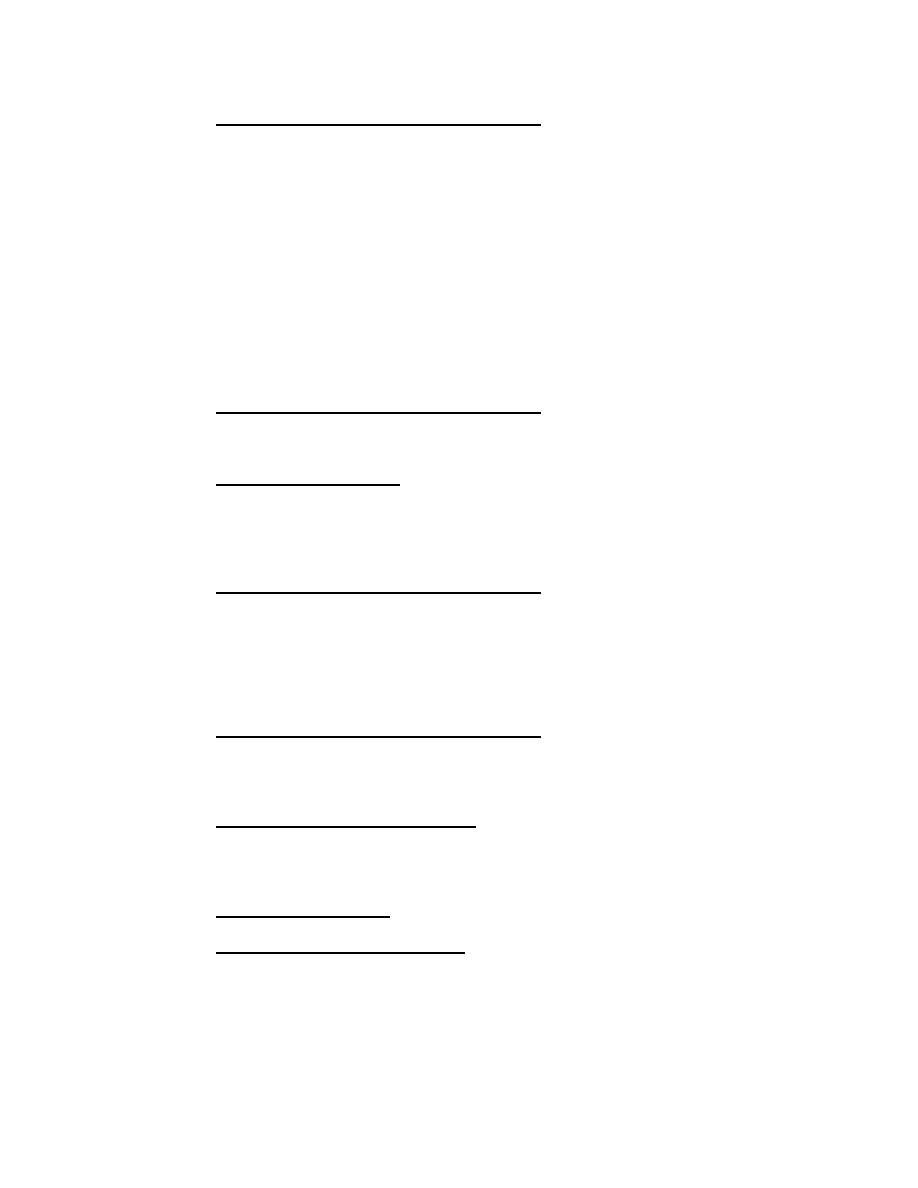
MIL-HDBK-1110
5.4.1
Interiors of Steel Water Tanks. Most states presently
require or are expected to require the use of coating systems
approved by the National Sanitation Foundation (ANSI/NSF
Standards 60 and 61) for the lining of potable water tanks.
Coating approval is based on tests (NSF Standards 60 and 61) for
leaching of toxic materials. The tests do not address durability
of the coatings for water immersion service. The coatings are
usually epoxies. In states that have no requirements, the three-
coat epoxy-polyamide system described in par. 5.3.1.1 for the
interiors of steel fuel tanks can also be used, except that
Formula 156 (red) is used in place of Formula 151 (gray) as the
intermediate coat. Metal and coating repairs for water tanks can
be made in the same manner as described for fuel tanks, but those
for potable water tanks must be covered with an NSF-approved
coating system, where these requirements prevail.
5.4.2
Exteriors of Steel Water Tanks. Exteriors of water
tanks should be coated in the same manner as described in
par. 5.3.2 for the exteriors of fuel tanks.
5.5
Other Steel Tanks. Steel tanks may contain waste
water, chemicals, or other corrosive materials. Cathodic
protection is also recommended for these tanks. Refer to
par. 5.4.
5.5.1
Interiors of Other Steel Tanks. Interiors of steel
tanks containing waste water, chemicals, or other corrosive
liquids should be coated with a suitable corrosion-resistant
lining (e.g., fiberglass-reinforced polyester) to protect the
steel from corrosion. Since there are no Federal specifications
for such products, specialty coating suppliers should be
consulted about them.
5.5.2
Exteriors of Other Steel Tanks. Exteriors of steel
tanks containing wastewater, chemicals, and other corrosive
liquids should be coated with the system described for steel fuel
tank exteriors in par. 5.2.2.
5.6
Steel Distribution Lines. Steel distribution lines
containing water, fuel, or other liquids are coated to prevent
loss of product from corrosion and contamination of soils and
5.6.1
Steel Fuel Lines
5.6.1.1
Buried Steel Fuel Lines. Buried steel fuel lines must
be coated and cathodically protected to meet Department of
Transportation regulations and to provide their most economical
protection.
51



 Previous Page
Previous Page
